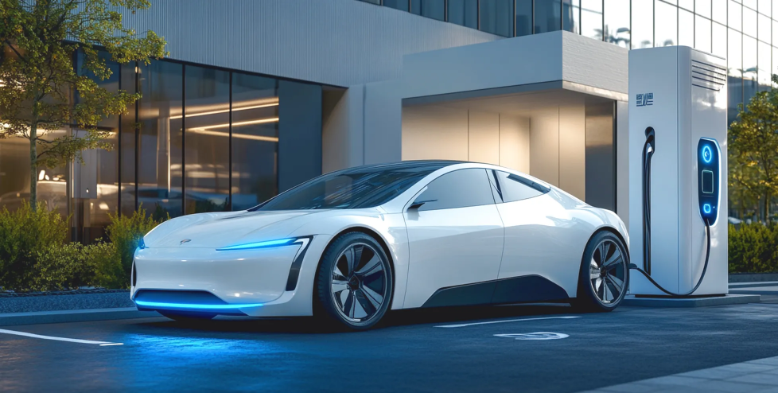
Choosing between a petrol and an electric car has become more complicated after the recent Goods and Services Tax (GST) cuts on internal combustion engine (ICE) vehicles. With prices of some petrol and diesel SUVs dropping by up to ₹2 lakh, many car buyers are rethinking whether switching to an electric vehicle (EV) still makes financial sense.
Effective September 22, 2025, the GST on small cars (up to 1200cc petrol/CNG and 1500cc diesel engines, under 4 metres in length) was reduced from 28% to 18%. Electric vehicles, meanwhile, continue to enjoy a concessional 5% GST rate. While the tax cut makes petrol cars cheaper, it has also narrowed the price gap between EVs and traditional vehicles, affecting the overall cost-benefit comparison.
EVs are cheaper to run because they use electricity instead of fuel. However, they usually cost more to buy. Whether an EV is worth it depends on how much you drive.
For instance, the petrol version of the Maruti Swift costs around ₹6.77 lakh (₹8 lakh on loan), while the Tata Tiago EV costs ₹8.33 lakh (₹9.89 lakh on loan). If you drive about 30 km a day, five days a week, you could save nearly ₹28,000 a year on fuel by choosing the EV. In this case, the higher upfront cost would be recovered in about 5.6 years if bought outright and around seven years if purchased on loan.
For heavier users, such as those driving 600 km a week, the breakeven period drops to under four years.
The comparison changes in higher segments. For example, the Tata Nexon EV costs significantly more than its petrol counterpart. In Delhi, if driven 150 km a week, the extra cost would take nearly 14 years to recover. But if you drive 300 km or more weekly, the breakeven time reduces to about seven years, making the EV more practical.
EVs have lower maintenance costs since they have fewer moving parts and no need for oil changes. However, repairs can be expensive because of specialized components. Charging convenience is another factor. While home charging is cheaper, not everyone has access to it, and public charging stations are still limited.
Read more: Save ₹19 Lakh on a ₹60 lakh home loan With Home Loan OD Accounts: Here is How.
The right choice between petrol and electric depends on your driving habits, location, and access to charging. EVs remain cheaper to run and eco-friendly, but GST cuts have made petrol cars more affordable upfront. For frequent drivers with charging access, EVs still offer long-term savings. For others, petrol cars may now make better short-term financial sense.
Disclaimer: This blog has been written exclusively for educational purposes. The securities mentioned are only examples and not recommendations. This does not constitute a personal recommendation/investment advice. It does not aim to influence any individual or entity to make investment decisions. Recipients should conduct their own research and assessments to form an independent opinion about investment decisions.
Published on: Nov 9, 2025, 9:00 AM IST

We're Live on WhatsApp! Join our channel for market insights & updates